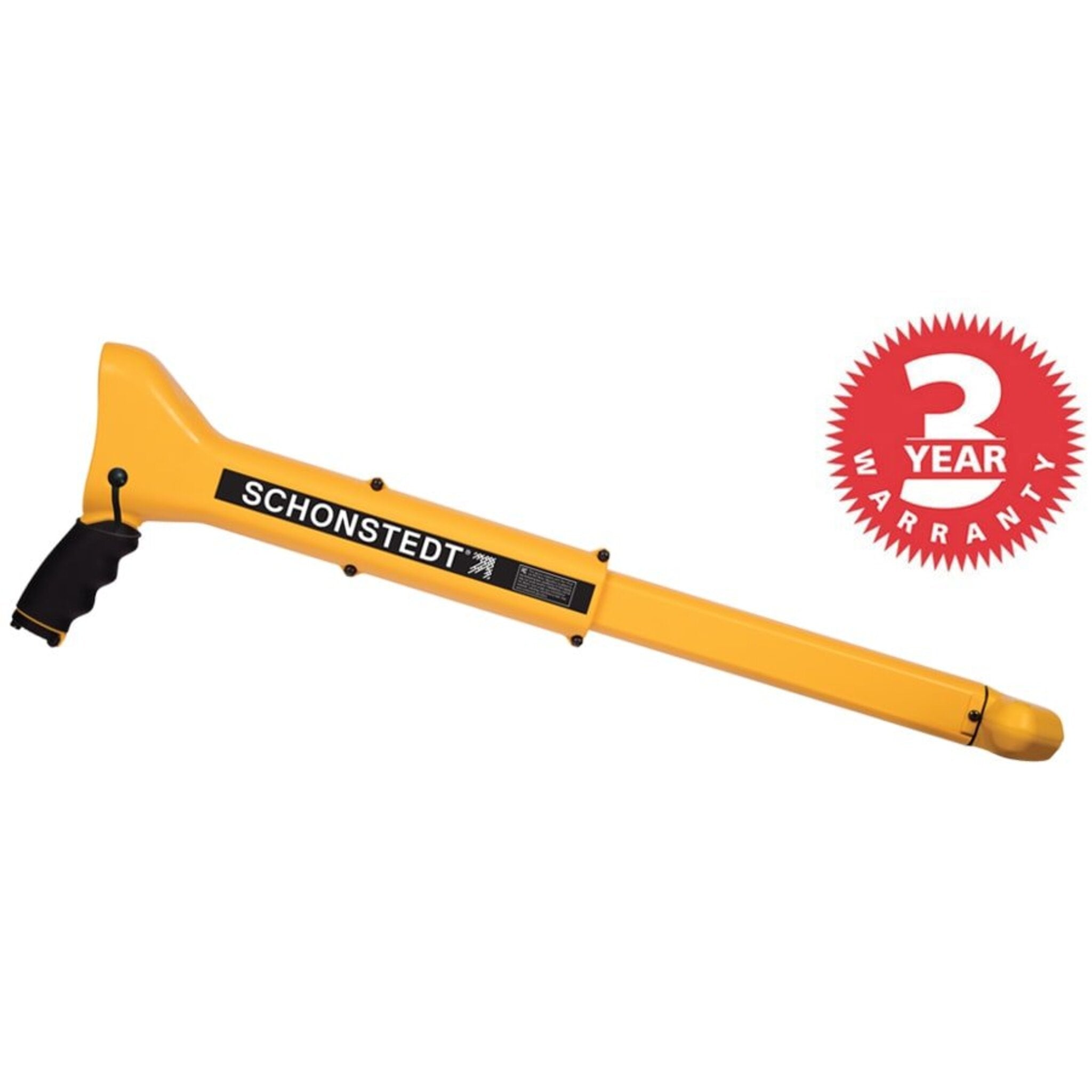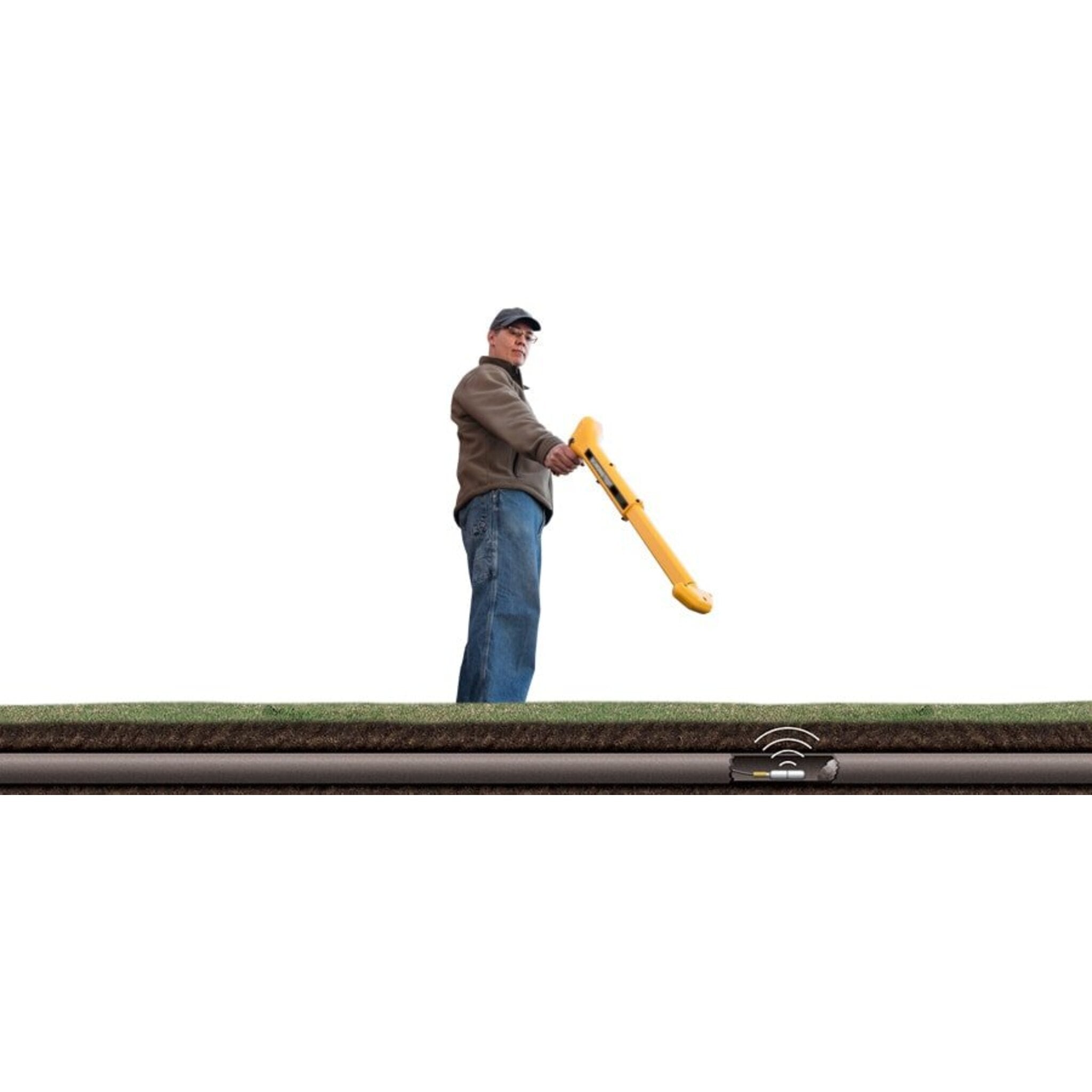Categories
- Shop All (5559)
-
-
- Hi-Vis Chainsaw Safety (14)
- Hi-Vis Coveralls and Overalls (24)
- Hi-Vis Hoodies and Shirts (49)
- Hi-Vis Jackets (35)
- Hi-Vis Pants (21)
- Hi-Vis Rain Wear (47)
- Hi-Vis Vests (51)
- Winter Hi-Vis Bombers and Parkas (26)
- Winter Hi-Vis Coveralls and Overalls (22)
- Winter Hi-Vis Hoodies (4)
- Winter Hi-Vis Pants (3)
- Winter Hi-Vis Vests (6)
-
-
-
-
- Brooms (2)
- Dust Mops (0)
- Dust Pans and Brushes (4)
- Flow Thru Tools (2)
- Microfiber Mops (0)
- Pool and Tank Tools (2)
- Scrubbers and Scrapers (1)
- Soap and Sanitizer Dispensers (0)
- Sprayers (1)
- Squeegees (1)
- Toilet Brushes and Plungers (3)
- Trash Cans & Bags (8)
- Wet Floor Signs (0)
- Wet Mops and Buckets (4)
-
- Bars and Prying Tools (21)
- Bolt Cutters and Shears (17)
- Chisels and Punches (9)
- Combination Hand Tool Sets (12)
- Extractors (13)
- Files (6)
- Gear Pullers (14)
- Hammers and Mallets (14)
- Hand Saws (22)
- Hex Keys (12)
- Layout and Distance Lasers (1)
- Marking Tools (1)
- Measuring Tools (26)
- Pliers (56)
- Precision Measuring and Testing Tools (24)
- Propane Torches (8)
- Screwdrivers and Nutdrivers (22)
- Sockets (66)
- Tap and Die Sets (11)
- Tool Boxes (27)
- Utility Knives (14)
- VDE Tools (7)
- Wire Cutters and Strippers (14)
- Wrenches (22)
-
- Beveling and Deburring (17)
- Curb and Valve Keys (20)
- Drilling and Tapping (12)
- Extended Impact Sockets (3)
- Flaring and Rerounding (7)
- General Pipe Working Tools (23)
- Guillotine Pipe Cutters (2)
- Hydrostatic Test Pumps (12)
- Internal Pipe Cutters (6)
- Manhole Testing (4)
- PE Peelers (8)
- Pipe Reamers (4)
- Pipe Threading (17)
- Pipe Wrenches (24)
- Plastic Pipe Joint Kits (4)
- Plastic Pipe Saws (5)
- Power Drive (13)
- Quick Release Cutters (15)
- Ratchet Shears (9)
- Ratcheting Wrenches (12)
- Rotary Cutters (3)
- Shut Off Tools (9)
- Soldering Torches (3)
- Vises (7)
-
- Angle Grinders (6)
- Batteries and Chargers (18)
- Bench Grinders (7)
- Circular Saws (3)
- Combo Tool Kits (10)
- Cordless Fans (6)
- Cordless Lighting (15)
- Cut Off Saws (4)
- Drills and Drivers (8)
- Grease Guns (3)
- Impact Drivers (5)
- Jobsite Radios and Speakers (8)
- Lifestyle (7)
- Mitre Saws (2)
- Reciprocating Saws (4)
-
- Angle Grinder Wheels and Brushes (23)
- Bench Grinder Wheels (7)
- Circular Saw Blades (11)
- Drill and Driver Bits (26)
- High Speed Gas Saw Blades (3)
- Holesaws (11)
- Impact Sockets (25)
- Jig Saw Blades (2)
- Oscillating Multi Tool Blades (1)
- Portable Chop Saw Blades (4)
- Power Tool Storage (5)
- Reciprocating Saw Blades (8)
-
-
-
-
- Air Fresheners (2)
- All Purpose Cleaners (19)
- Bowl and Washroom (8)
- Coffee and Breakroom (19)
- Degreasers (3)
- Dishwashing (4)
- Disinfectants and Sanitizers (1)
- Drain Openers (7)
- Hand Cleaners (9)
- Laundry Cleaners (10)
- Paper Products and Wiper Rags (24)
- Scale Removers (4)
- Urinal Pucks and Liquids (5)
- Wet Wipes (2)
-
-
- Ball Valves (13)
- Black and Galvanized Steel Fittings (16)
- Bronze Pipe Fittings and Nipples (13)
- Butterfly Valves (4)
- Check Valves (18)
- Flexible Connectors (4)
- Gate and Globe Valves (5)
- Knife Gate Valves (9)
- Pipe Fitting Accessories (4)
- Schedule 80 PVC Fittings (27)
- Stainless Steel Fittings and Valves (24)
- Victaulic Grooved Fittings (23)
Schonstedt - Sonde & Camera Locators
1 product
Showing 1 - 1 of 1 product


Schonstedt Sonde & Camera Locators Explained
Schonstedt delivers advanced underground locating solutions that help professionals accurately find buried utilities and iron or steel objects. Their innovative sonde and camera locators make it easy to pinpoint blockages and trace pipes not made of metal. At the same time, their magnetic locators efficiently find underground items like pipes, valves, and manhole covers. Built for demanding industries like gas and oil, water and sewer, construction, and transportation, Schonstedt’s tools are known for being precise, tough, and simple to use.
Why Choose Schonstedt Sonde & Camera Locators?
For professionals searching for a top-quality sonde locator for sale, Schonstedt’s tools are essential for accurately tracing non-metallic pipes and finding underground blockages with minimal digging. Made for tough field conditions, these locators deliver strong signal performance and work perfectly with pushrods and inspection cameras, helping you get the job done more efficiently. Explore our options at our Canadian warehouse, or check them out below.
Schonstedt XT-512 Sonde and Camera Locator
The Schonstedt XT-512 Sonde and Camera Locator is a compact and lightweight 512 hz sonde locator designed to trace sewer cameras and sondes in non-metallic pipes, helping users pinpoint blockages and other obstructions. This device not only operates at the standard 512 Hz frequency but can also passively pick up the hum from nearby power lines (50Hz or 60Hz). With a simple one-button depth measurement and a clear digital display for signal strength, this 512 hz sonde locator is incredibly user-friendly. It’s built to be handled and stored easily, featuring both sound and visual alerts, battery and sensitivity indicators, and reliable performance even in harsh weather.
FAQs
1. How do sonde and camera locators work together to find blockages?
They work as a team. A camera system with a small transmitting device (a sonde) built into its head is pushed into the pipe. The camera gives you a live video feed of the pipe's interior, while the sonde sends out a steady radio signal. Above ground, a locator picks up this signal, allowing you to trace the camera's path and find the exact location and depth of a blockage.
2. Can a sonde locator find blockages around several pipe bends?
Yes, a sonde locator can usually track the signal through multiple bends in a pipe. However, very sharp turns or damage inside the pipe might weaken the signal. You may need to move the handheld locator on the surface and adjust its sensitivity to keep a lock on the sonde's signal as it moves through the pipe network.
3. What frequency is best for locating a sonde in sewer pipes?
For most sewer pipe jobs, a 512 hz sonde locator is what you'll need. This frequency is the industry standard because it travels well through the ground and is less likely to get mixed up with signals from other nearby utilities. While some locators offer other frequencies for shallower tasks, 512 Hz is the go-to for deeper, non-metallic sewer lines.
4. Do I need a different locator for every type of sonde or camera?
Not always. Many modern locators can detect multiple sonde frequencies. This means you can often use a single tool for different sondes and camera systems, as long as their frequencies match up. It's always a good idea to check the details of both the sonde and the locator to make sure they'll work together.
5. Can I use a sonde and camera locator in wet or flooded pipes?
Absolutely. Most sondes and camera systems are waterproof because they are built to work in wet places like sewer lines and storm drains. While a completely flooded pipe might make it hard to see with the camera, the sonde’s signal will still transmit clearly through the water and surrounding ground, so you can continue locating.




